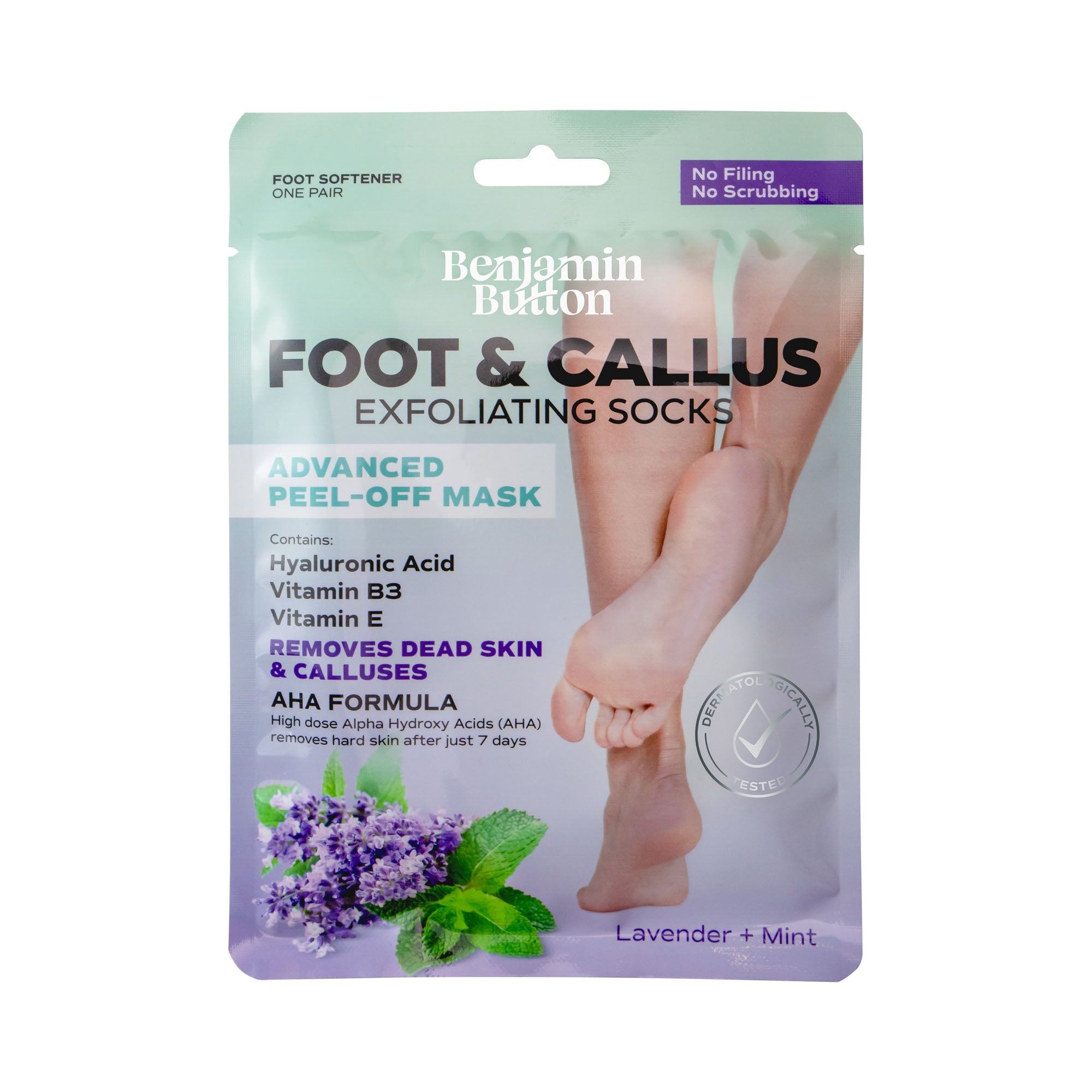Unlock Glowing Skin: Effective Exfoliation Tips for Dry Skin
Exfoliation is a crucial step in any skincare routine, especially for those with dry skin. It helps remove dead skin cells, promotes cell turnover, and enhances overall skin texture, leading to that coveted glowing complexion. If your skin feels rough, looks dull, or is flaking, it’s time to integrate effective exfoliation techniques. Here are some essential tips to revitalise your dry skin and unlock its natural radiance.Understand Your Skin Type
Before diving into exfoliation techniques, it’s vital to acknowledge the unique characteristics of dry skin. Here are some common traits to consider:- Flakiness: Dry skin often appears rough and may have visible scales.
- Tightness: A feeling of tightness can be prevalent, especially after cleansing.
- Redness: Dry, irritated patches can manifest, leading to uneven skin tone.
Choose the Right Exfoliation Method
When it comes to exfoliating dry skin, the right technique can make all the difference. Here are two primary types of exfoliation to consider:- Chemical Exfoliation: Products containing alpha-hydroxy acids (AHAs) or beta-hydroxy acids (BHAs) gently dissolve dead skin cells without the need for harsh scrubbing. Look for ingredients like glycolic acid, lactic acid, or salicylic acid, which can hydrate the skin while effectively exfoliating.
- Physical Exfoliation: Using scrubs or tools like exfoliating brushes can provide immediate results. However, be cautious! Opt for gentle scrubs with fine particles or natural ingredients, as abrasive scrubs can irritate dry skin further.
Establish a Consistent Exfoliation Routine
Consistency is key to achieving glowing skin. To effectively incorporate exfoliation into your routine, consider the following steps:- Frequency: For dry skin, exfoliating once a week is generally sufficient to prevent irritation while still promoting cell turnover. If opting for a milder chemical exfoliant, you may be able to use it two to three times a week, depending on your skin’s reaction.
- Timing: Early morning or evening can be ideal for exfoliation. Early exfoliation allows your skin to benefit from products applied afterwards, while evening exfoliation can support overnight skin renewal.
- Post-Exfoliation Care: After exfoliating, it’s crucial to apply a hydrating serum or moisturiser to replenish moisture. Look for ingredients like hyaluronic acid or glycerin, which can help plump and lock in hydration for your newly revealed skin.
Listen to Your Skin
Every individual’s skin is different and may have distinct reactions to exfoliation. Here’s how you can tailor your approach:- Patch Testing: Before committing to a new exfoliating product, always perform a patch test on a small skin area to ensure you do not have an adverse reaction.
- Gauge Your Skin’s Reaction: If you experience excessive redness, irritation, or excessive dryness after exfoliating, reduce the frequency or switch to a gentler method.
- Adjust Seasonally: The needs of your skin may change with the seasons. In winter, when skin tends to be drier, consider using a milder exfoliant or reducing the frequency to maintain moisture levels.
Additional Tips for Healthy, Glowing Skin
While exfoliation is a significant aspect of achieving glowing skin, combine it with these additional tips for optimal results:- Hydration: Drink plenty of water throughout the day to hydrate your skin from the inside out. Hydration can directly impact your skin's appearance.
- Nutrition: A balanced diet rich in vitamins, minerals, and antioxidants is vital for maintaining healthy skin. Incorporate fruits, vegetables, nuts, and healthy fats.
- Sun Protection: Never skip the sunscreen! UV damage can exacerbate dryness and cause premature ageing. Always apply broad-spectrum sunscreen before heading outdoors.
- Gentle Cleansing: Use a hydrating cleanser that doesn't strip your skin of natural oils. Avoid harsh soaps or exfoliating cleansers that can create further imbalance.





















